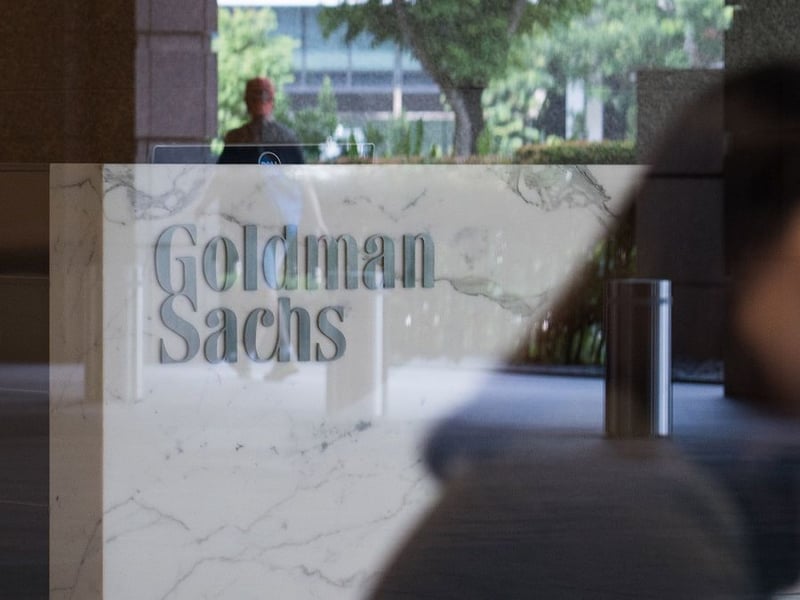

Goldman Sachs Group Inc.’s back-to-basics approach is paying off as it posted profits that vaulted past expectations.
The Wall Street giant recorded a 28% jump in net income in the first quarter, even as analysts braced for a drop from a year ago. That surprise surge was led by its traders — who eluded the slowdown at chief rival JPMorgan Chase & Co. — and by bankers who cashed in on a resurgence in dealmaking activity.
Goldman Sachs has sought to win back investors with a renewed focus on its core Wall Street business and a more predictable approach in its money-management unit. That comes after the firm’s management faced criticism for losing control of its retail-banking push and spent much of 2023 scuttling that effort amid a broader slowdown, leading to underwhelming results.
As activity in capital markets ramps up again, analysts anticipate that Goldman is better positioned to benefit from that rebound. But a complete bounce back isn’t guaranteed, threatened by the still unpredictable Federal Reserve rate-cut moves and the onset of new global conflicts.
The reversal from 2023 was most apparent in one key metric. The bank reported return-on-equity of 14.8% for the first three months, in line with its longer-term targets and nearly double the dismal 7.5% it posted for 2023. The results also included a $78 million charge for an additional Federal Deposit Insurance Corp. special assessment stemming from last year’s regional-bank failures.
Net income was $4.13 billion, or $11.58 a share, on $14.21 billion in revenue in the first quarter. Goldman shares, which were roughly flat for the year heading into earnings, climbed about 2% to $397.00 at 7:25 a.m. in New York.
“We feel very good about our first quarter results,” chief executive David Solomon said on the earnings call. “This performance was aided by the swift actions we took last year to narrow our strategic focus and play to our core strengths.”
Fixed-income traders delivered $4.32 billion in revenue, surging past analyst predictions of a decline, driven by mortgages and structured lending. Equity-trading revenue of $3.31 billion also climbed above expectations at a time when the New York-based firm is looking to cement its status as the top stock-trading franchise.
Investment-banking revenue of $2.08 billion compared with analysts’ average estimate of $1.82 billion. Merger advisory fees of $1.01 billion was also ahead of estimates. Its equity-capital business was $370 million and debt-underwriting revenue was $699 million. The firm said its deals backlog decreased relative to the previous quarter.
Goldman’s asset- and wealth-management business posted revenue of $3.79 billion, up 18% from a year earlier. Management fees climbed 7% as the bank is seeking to shift growth to those fees instead of windfalls from balance-sheet investments. Those historical principal investments were cut to below $15 billion, meeting a target that Goldman had set for itself. That piece of its business contributed to big earnings gyrations for the unit and management believes that held back investor willingness to embrace the stock.
Fundraising for investments in private markets was at $14 billion for the quarter with total assets under supervision rising to $2.85 trillion. Goldman noted that credit was the biggest beneficiary, pulling in half the alternative funds raised in the quarter.
Goldman’s smallest unit, known as Platform Solutions, privately dubbed as the bad bank by some of its executives, had a pretax loss of $117 million. That group holds the firm’s consumer credit card partnerships and its transaction banking business.

Executives from LPL Financial, Cresset Partners hired for key roles.

Geopolitical tension has been managed well by the markets.

December cut is still a possiblity.

Canada, China among nations to react to president-elect's comments.

For several years, Leech allegedly favored some clients in trade allocations, at the cost of others, amounting to $600 million, according to the Department of Justice.
Streamline your outreach with Aidentified's AI-driven solutions
This season’s market volatility: Positioning for rate relief, income growth and the AI rebound
